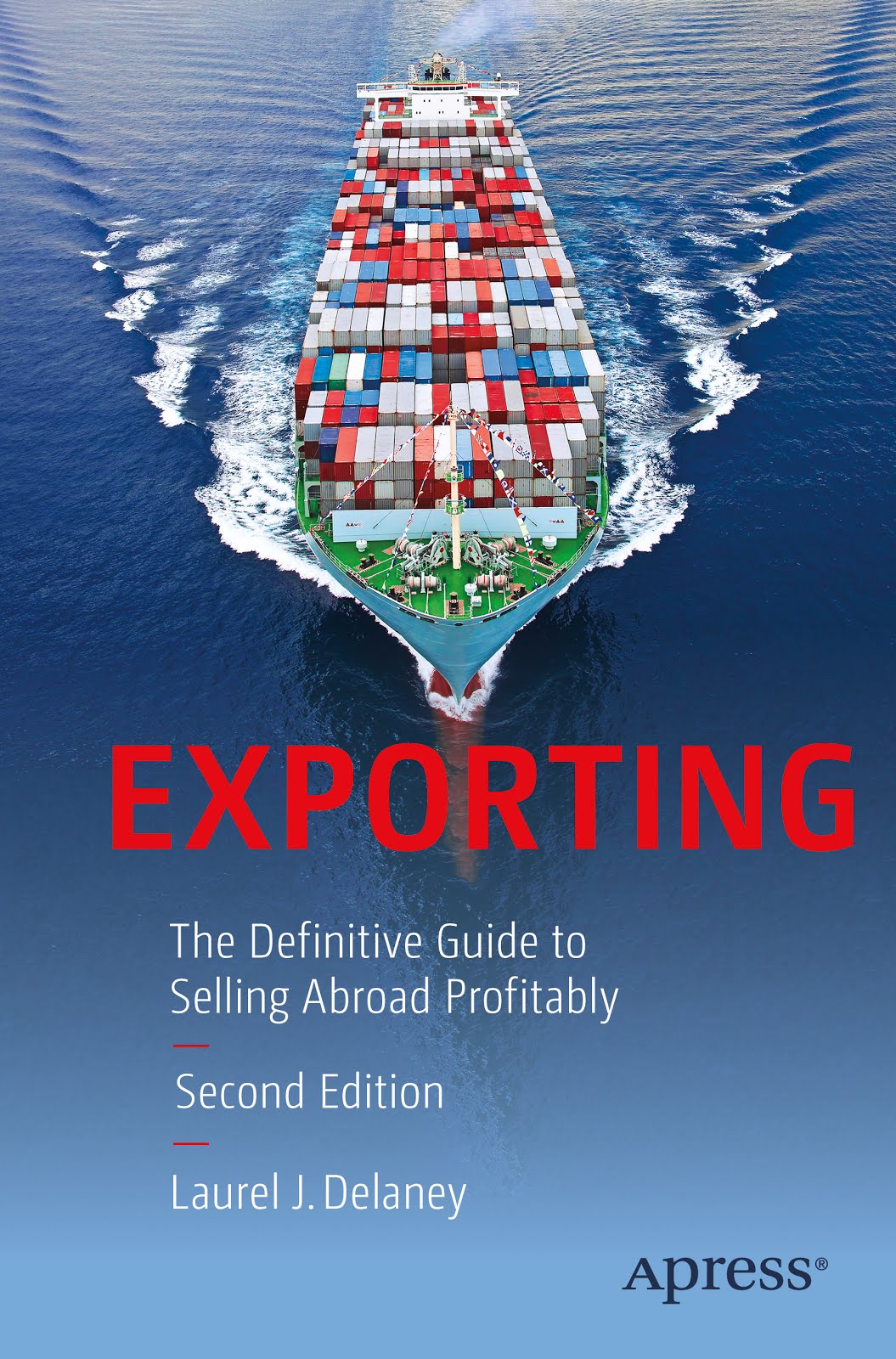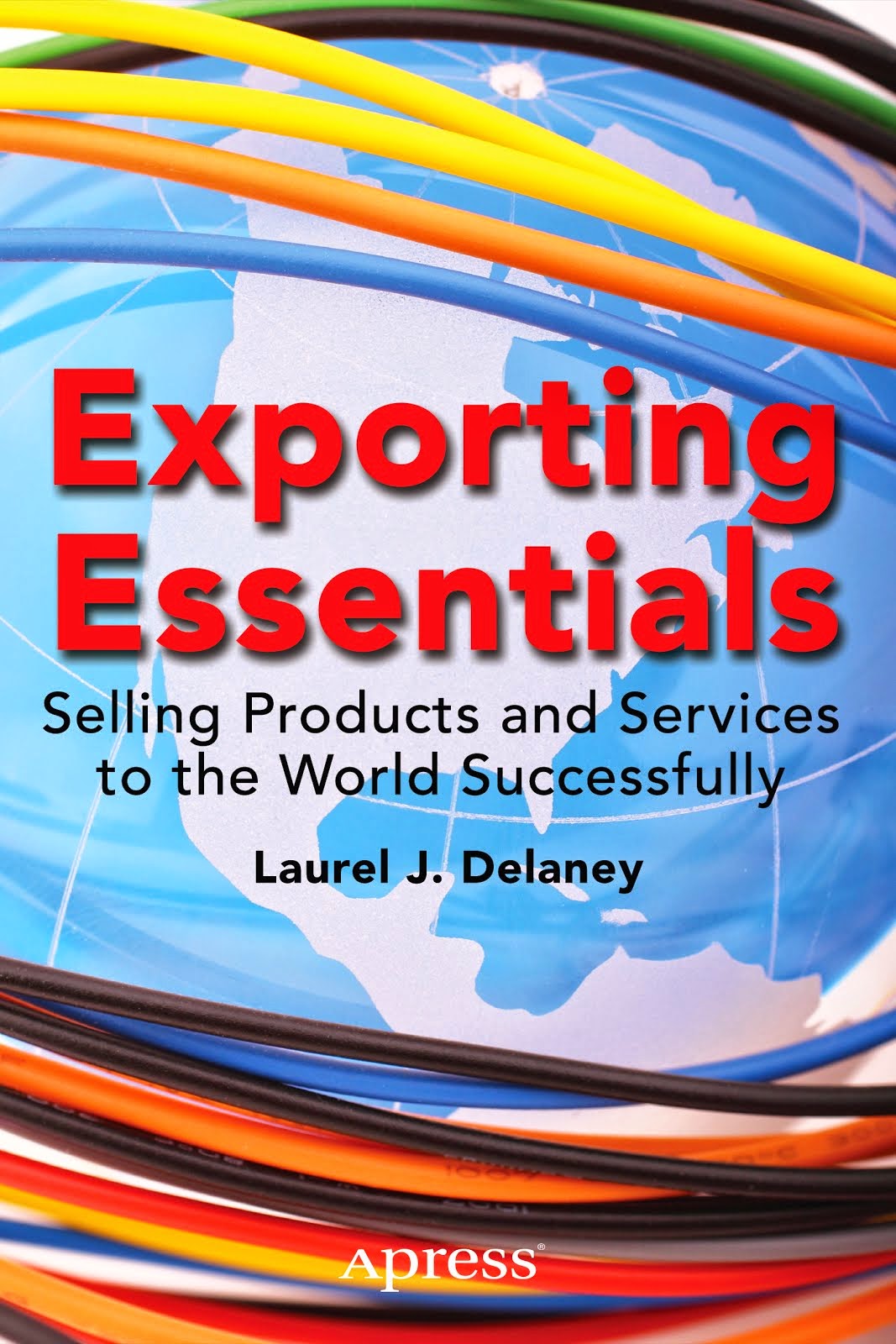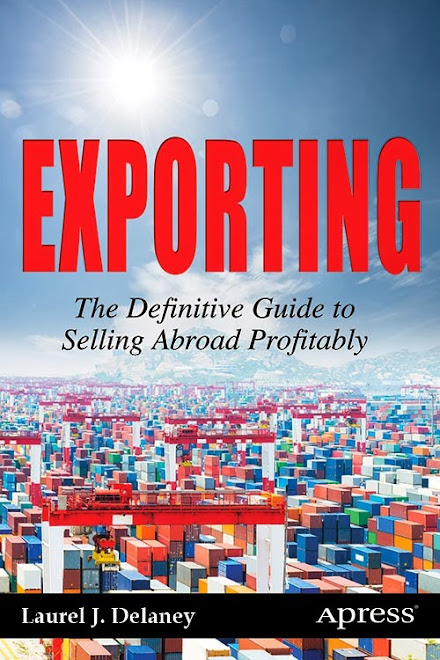 |
| iStock/Thinkstock |
We narrowed our questions down to six so it becomes a little like Cliff Notes -- providing you with a fresh take on the report. We thank Babson College (especially Elaine for her valuable time), the London School of Business and all the university teams from each participating country for their hard work on this immensely complex topic concerning the role of entrepreneurship in national economic growth. Here are the questions along with Elaine's responses.
1. Question: How is it possible for low-income countries to exhibit such high rates of early-stage entrepreneurial activity?
Answer: In our survey we divide early stage entrepreneurship into Necessity-driven entrepreneurs who are pushed into starting companies because all other options for work are either absent or unsatisfactory and Opportunity-driven entrepreneurs who start companies to exploit a business opportunity. In low-income countries, Necessity entrepreneurship is driving individuals to start companies. These high rates do not incorporate the value or potential revenues of the new company so these may be quite small endeavors started with micro-financing. Our definition of early stage entrepreneurship is nascent entrepreneurs who plan to start a company in the next three months or have a new company less than three months old that is not paying wages and new entrepreneurs who have companies less than 42 months old.
While the dichotomy between low/middle and high-income countries is striking, there are also dichotomies that remain in all countries between male and female entrepreneurship. While rates are lower for female early stage entrepreneurs in all countries, in low/middle-income countries the motivation is almost entirely necessity while in high-income countries women are opportunity motivated entrepreneurs who cite independence, rather than increased income, as their reason for starting a company.
2. Question: Why does the United States exhibit such high rates of early-stage entrepreneurial activity? What's leading that surge?
Answer: When you look at our figure of the rate of entrepreneurship plotted versus the GDP per capita, in general you see a U-shaped curve with high rates of early entrepreneurship in low/middle income countries, very low levels of entrepreneurship in most high-income countries but an increase in entrepreneurship rates as you move to countries with some of the highest rates of entrepreneurship, such as the US, Iceland, and Hong Kong. This pattern has persisted throughout the 10 years of the survey. Reasons for the US continuing high rate of entrepreneurship can be partly explained by cultural values but economically it probably has to do with some of the lowest levels of perceived ‘red tape’ involved in starting a business and also the lower cost involved in starting a business in the US compared to other high-income countries.
Although the US rate is high for high-income countries (it ranks 3rd behind Iceland and Hong Kong with a rate of early stage entrepreneurship of about 10%), it is in the middle of the pack among all countries where there the highest rates are in Peru and Venezuela (greater than 20%) and the lowest rates in Austria and Sweden (less than 3%).
3. Question: How does an individual's perception affect his/her ability to start a business in the area where they live? What factors are involved?
Answer: We see in our survey that both individual perceptions and contact and familiarity with business and other entrepreneurs have a great deal to do with whether you start a company. A low perception of any fear of failure is key to becoming an entrepreneur and knowing an investor in early-stage companies or other entrepreneurs is cited as a reason for starting a new business.
When we examine entrepreneurship regionally and in cities across the world, a slightly different picture of entrepreneurship appears as rates of entrepreneurship are very high in some of the high-income countries. The Top 10 cities for entrepreneurship are: Bangkok, Buenos Aires, Chicago, Auckland, Los Angeles, Toronto, Melbourne, Sydney, New York, and Hamburg. A new initiative starting in 2008 by GEM will be a closer examination of cities and entrepreneurship to identify what the business sectors are for early stage entrepreneurs and what their characteristics (immigrants, education, age, income) might indicate.
4. Question: If you could lump it into one thing, what is the single greatest factor that keeps an individual in any part of the world from starting a business? What's the one thing that entices them to get them started?
Answer: It is hard to pick just one thing that discourages someone from becoming an entrepreneurs but perhaps the two most important are access to capital and being employed. Access to business funding is interesting because the overwhelming majority of early stage businesses are funded by the founders own money or money from family and friends, even in countries with strong programs and policies to encourage entrepreneurs. The GEM survey (through a separate survey of experts in entrepreneurship worldwide) has found that it takes a long time for individual entrepreneurs to learn and take advantage of government programs designed to encourage entrepreneurship.
A final big factor is the perception that most early-stage businesses will fail. The GEM Survey shows, by comparing the rates of early and established entrepreneurship, that in some countries the conversion rate for businesses (how many new business last longer than 42 months) can be as high as 80%. In the US, our survey estimates this to be between 45% and 60%, a much higher than is often quoted.
Being employed is a counter-intuitive finding and is strongest in low/middle-income countries. Having a job (even part-time employment) is highly correlated with perceiving lower risk levels in starting a business. One interpretation of this is that being employed allows an individual to understand the market and business better as well as coming in contact with other entrepreneurs and acquaintances who could invest some money in a new business.
If we examine motivations in high-income countries, such as the US, it is clear that individuals start a business when an opportunity is seen in an area with few competitors and fast growth. The ability to use new technology and the view that this may include globalization also appear to drive US entrepreneurs.
5. Question: How does an open international trade system -- sales to other countries -- benefit entrepreneurs?
Answer: Our survey asks early-stage business owners as well as established business owners to estimate how much of their business will be from other countries and we classify a business as being ‘global’ if at least 25% is not in their country. There is an inverse relationship between the World Bank’s classification of a country’s barriers to international trade and its rate of entrepreneurship. Also, those companies that have identified global marketing as part of their early-stage entrepreneurship, also are more likely to have plans for higher growth and higher revenues.
6. Question: Based on the GEM 2007 Executive Report findings, what does the future hold for global entrepreneurs?
Answer: Global entrepreneurship continues to grow and countries with very low rates of entrepreneurship like Japan and the Netherlands have seen increases in early-stage entrepreneurship over the last 5 years (Japan, 2.0% to 4.3% and the Netherlands, 4.0% to 5.2%). The US rate has been stable (between 10% and 12% over the last 5 years) with some gender trade-offs in growth by more women entrepreneurs starting businesses.
The World Trade Organization and the World Bank’s figures predict a growing global economy with increased open international trade. Micro-financing in low/middle-income countries is clearly responsible for some of the high rates of early stage entrepreneurship in these countries but this may also be due to an increased number of countries embracing national policies encouraging company start-ups while a reduction of red tape in some high-income countries with very low rates of entrepreneurship (i.e.; Greece and Belgium) may increase start-ups in these countries.
Just in (1/31/08): Due to our summary report featured here, we have been added to the Babson College press release.
Updated (2/6/08): Elaine Allen's podcast with BusinessWeek online about GEM. It's headlined "What Helps and Hinders Entrepreneurs."


















1 comment:
I appreciate the labor you have put in developing this blog. Nice and informative.
Post a Comment